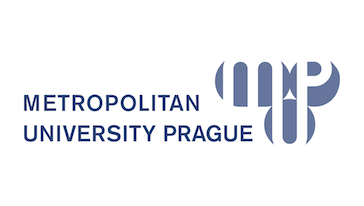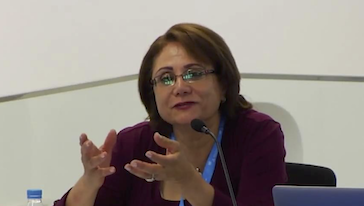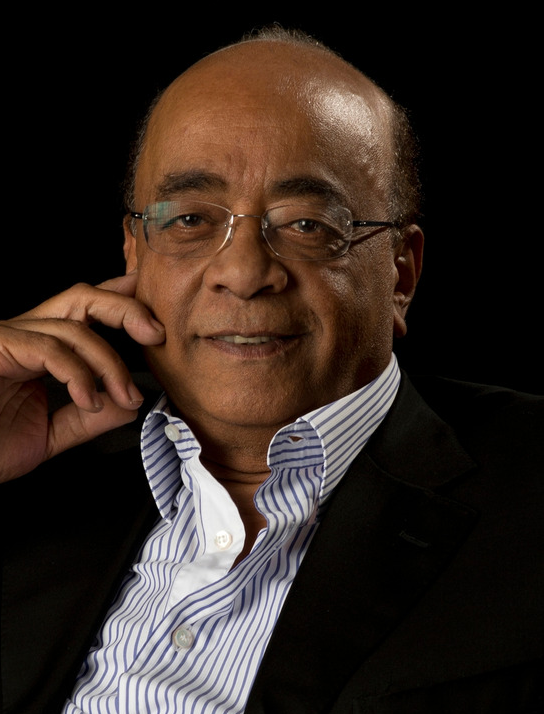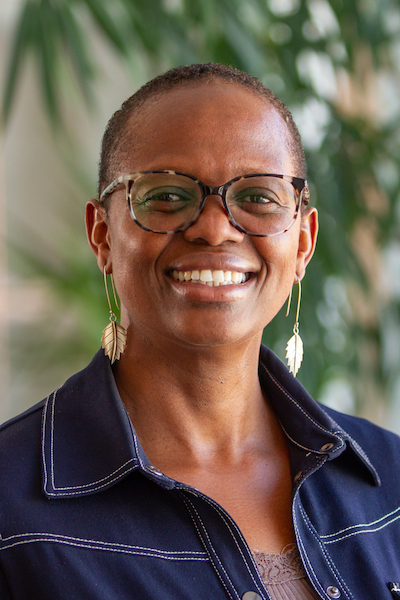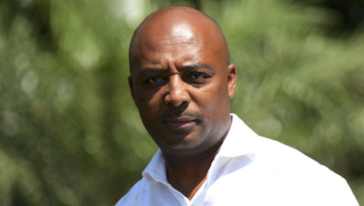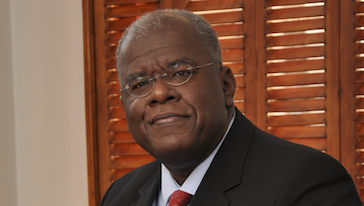Morocco has always experienced all types of migration: immigration and emigration, voluntary and forced migration as well as legal and illegal migration. Nowadays, more than 10 percent of Moroccans live abroad. As the vast majority of them reside in European countries and as the Morocco-Spain migration route is slowly becoming one of the main routes used for illegal migration to Europe, the need for cooperation between Morocco and its European counterparts is more urgent than ever before.
All the while, Morocco serves as a transit and immigration country for migrants coming from various parts of the world, mostly from Sub-Saharan Africa and Syria. In 2013 the Moroccan government adopted a new migration policy, which focused on legalizing the status of illegal migrants living in the country and reviewed migration law in order to make it more human and protective for migrants.
All these topics are explored in this guest lecture of prof. Khadija Elmadmad.
